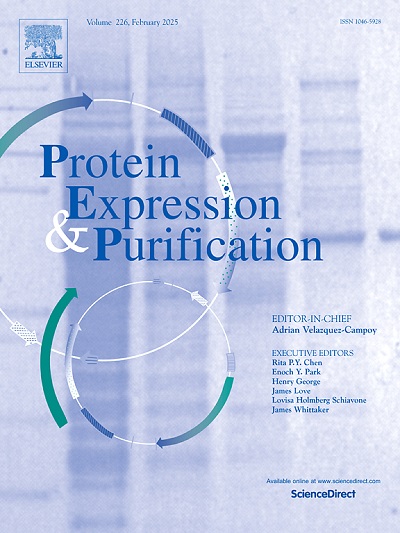Adaptation of induced pluripotent stem cell technology for avian species
IF 1.2
4区 生物学
Q4 BIOCHEMICAL RESEARCH METHODS
引用次数: 0
Abstract
Following the first report of induced pluripotent stem (iPS) cells from mouse, various mammalian-derived iPS cells have been established. In contrast, avian-derived iPS cells or iPS-like cells have been rarely reported. iPS cells can differentiate into various cell types (e.g., neural cells and hepatocytes) and proliferate indefinitely in culture. Unlike embryonic stem cells, iPS cells are generated from somatic cells, eliminating the need for embryos in their generation. Because somatic cells can be obtained from deceased individuals, iPS cell technology can be adapted for use in wild avian species, beyond its application in chickens. Our group previously reported the generation of chicken iPS cells from somatic cells using a modified-octamer-binding transcription factor 3/4 (Oct3/4), SRY-box transcription factor 2 (Sox2), Krüppel-like factor 4 (Klf4), MYC proto-oncogene (c-Myc), Nanog, and lin-28 homolog A (Lin28A). Developmental chicken eggs are a valuable resource for protein production. We may obtain valuable proteins from the chimeric developmental eggs of chickens using genome-edited or transgenic chicken iPS cells. Furthermore, our group established iPS cells derived from endangered avian species (Okinawa rail, Japanese ptarmigan, and Blakiston's fish owl) using modified-Oct3/4, Sox2, Klf4, c-Myc, Nanog, Lin28, and Klf2. Cells differentiated from iPS cells (e.g., neural cells and hepatocytes) can be used for drug testing in veterinary medicine and for evaluating sensitivity to infectious diseases and pollutants. We believe that iPS cell technology can be developed as a powerful tool for the conservation of endangered avian species.
诱导多能干细胞技术在鸟类中的适应性研究。
继首次报道小鼠诱导多能干细胞(iPS)后,已经建立了各种哺乳动物来源的iPS细胞。相比之下,来自禽类的iPS细胞或iPS样细胞鲜有报道。iPS细胞可以分化成各种细胞类型(如神经细胞和肝细胞),并在培养中无限增殖。与胚胎干细胞不同,诱导多能干细胞是由体细胞产生的,因此不需要胚胎。由于体细胞可以从死亡个体中获得,iPS细胞技术可以适用于野生鸟类物种,而不仅仅是在鸡身上的应用。本小组之前报道了利用修饰的八聚体结合转录因子3/4 (Oct3/4)、sly -box转录因子2 (Sox2)、kr ppel样因子4 (Klf4)、MYC原癌基因(c-Myc)、Nanog和lin-28同源物a (Lin28A)从体细胞中生成鸡iPS细胞。发育中的鸡蛋是生产蛋白质的宝贵资源。我们可以使用基因组编辑或转基因鸡iPS细胞从鸡的嵌合发育蛋中获得有价值的蛋白质。此外,我们的团队利用修饰过的- oct3 /4、Sox2、Klf4、c-Myc、Nanog、Lin28和Klf2建立了从濒危鸟类(冲绳秧鸡、日本石鸡和Blakiston鱼鸮)中提取的iPS细胞。从诱导多能干细胞分化出来的细胞(如神经细胞和肝细胞)可用于兽医学的药物测试和评估对传染病和污染物的敏感性。我们相信iPS细胞技术可以发展成为保护濒危鸟类物种的有力工具。
本文章由计算机程序翻译,如有差异,请以英文原文为准。
求助全文
约1分钟内获得全文
求助全文
来源期刊

Protein expression and purification
生物-生化研究方法
CiteScore
3.70
自引率
6.20%
发文量
120
审稿时长
32 days
期刊介绍:
Protein Expression and Purification is an international journal providing a forum for the dissemination of new information on protein expression, extraction, purification, characterization, and/or applications using conventional biochemical and/or modern molecular biological approaches and methods, which are of broad interest to the field. The journal does not typically publish repetitive examples of protein expression and purification involving standard, well-established, methods. However, exceptions might include studies on important and/or difficult to express and/or purify proteins and/or studies that include extensive protein characterization, which provide new, previously unpublished information.
 求助内容:
求助内容: 应助结果提醒方式:
应助结果提醒方式:


